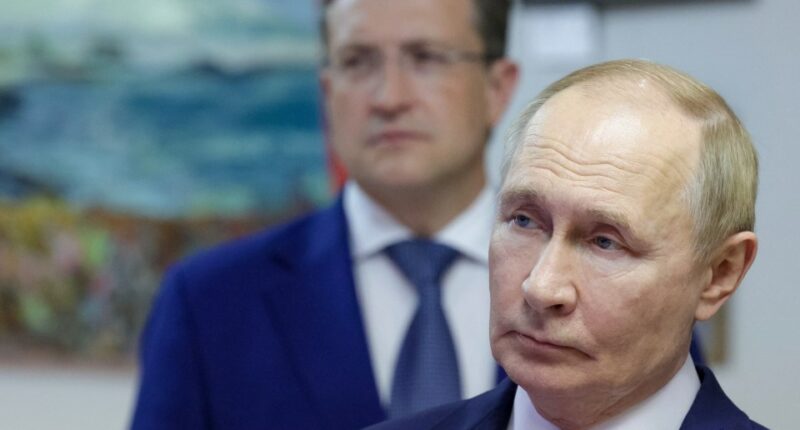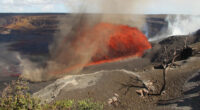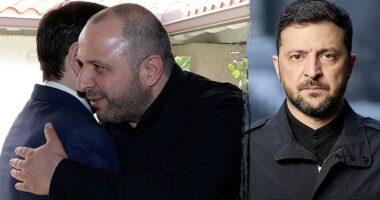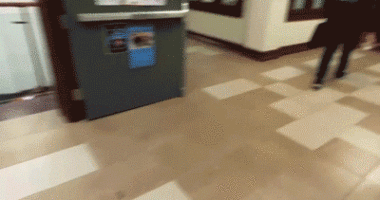Share this @internewscast.com
Lines of dragons’ teeth bollards are established in Ukraine to protect against Russian attacks as part of the “fortress belt” that Vladimir Putin demands must be surrendered before considering any ceasefire.
The Sun on Sunday’s Defence Editor, Jerome Starkey, visited to assess these barricades and tank trap trenches, which President Volodymyr Zelensky claims would take four years to breach.
UK’s Defence Intelligence experts estimate that 1.9 million Russian troops might become casualties during the time it would require to overcome this belt, which is the most fortified position in the war-torn region of eastern Donbas.
It stretches 30 miles from Slovyansk to Kostyantynivka in Donetsk Oblast [province] of which Russia currently occupies 70 per cent.
The Kremlin took 40 per cent when it launched a war on Ukraine in 2014, and has captured 30 per cent more since February 2022.
During a meeting in Alaska last week with US President Donald Trump, Putin expressed his demand for all of Donbas, which includes Donetsk and Luhansk, as a precondition for a ceasefire, as experts argue his forces are unable to capture it.
Bungling US envoy Steve Witkoff initially claimed Putin would return Kherson and Zaporizhzhia as part of the deal.
But the Kremlin insisted it would do nothing more than freeze the front lines in those areas — clinging to territory it already holds.
Russia knows how effective the fortress belt is, having copied it with the Surovikin line that stalled Ukraine’s counter-offensive in 2023.
And Mr Zelensky immediately rejected giving up land, with experts warning it would gift Russian troops a launchpad for more attacks.
He told reporters after meeting Mr. Trump that Russia would require at least four years—based on its current progression rate—to conquer Donbas by force.
He mentioned: “The talks about capturing our Donbas by the end of the year are merely idle chatter. Occupying our Donbas would demand an additional four years.”
Nonetheless, Mr Trump has pressured Mr Zelensky to cede Ukraine’s land for peace.
He said Kyiv could end the war now with “land swaps”.
However, war expert Matthew Savill, of the London-based Rusi think-tank, said talk of land exchanges could be seen as “a calculated insult to the Ukrainians” as all of the land being discussed is Ukrainian.
He said ceding the fortress belt would force hundreds of thousands of people to flee their homes.
It would also mean Russian forces move 50 miles east and leave Ukraine’s defenders in new positions that are harder to defend.
And it would gift Russia a launchpad for further assaults into neighbouring Kharkiv and Dnipro oblasts.
Mr Savill said: “It would mean the loss of their most extensively fortified and resourced defences in the east, opening up Kharkiv and Dnipropetrovsk to future attacks.”
European leaders who met Mr Trump at the White House on Monday last week said it would be akin to America giving up Florida.
But Vice President JD Vance continued to press the idea of ceding land.
The US-based Institute for the Study of War said Putin’s demands were “all advantages for Russia and disadvantages for Ukraine”.
It also insisted the fortress belt was “critical” to Ukraine and warned there was “no guarantee fighting will not resume” even if it agreed to give the land up.
It would mean losing what is the main fortified defensive line in Donetsk Oblast since 2014 “with no guarantee fighting will not resume”.
The institute added: “Ukraine has spent the last 11 years pouring time, money and effort into reinforcing the fortress belt and establishing significant defence, industrial and defensive infrastructure” in and around the surrounding cities.”
Britain’s Defence Intelligence said Russia would suffer nearly two million casualties over four years trying to take it by force, on top of its one million already wounded or dead.























